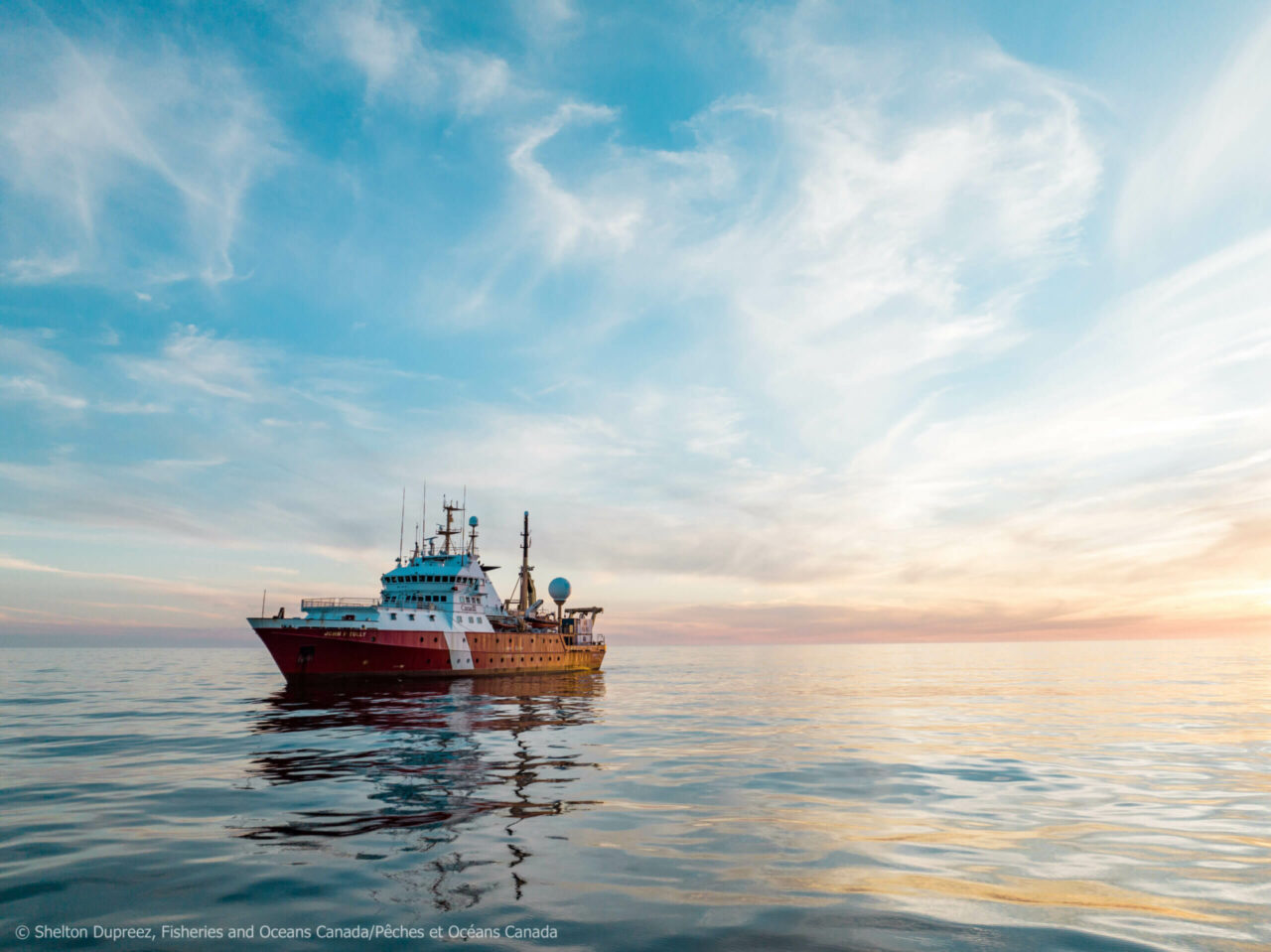Lead institution:
Canadian Hydrographic Service, Fisheries and Oceans Canada – Canada
Seabed 2030 aims at filling the gaps in the hydrographic grid. This data will allow us to detect more undersea features.
Depending on the morphology that characterizes them, these features host marine species and interact with the ocean currents, temperatures and waters around them, in patterns known, or yet to be discovered. There are more than 40 types of undersea features, each with its own characteristics. Their detection has the potential to provide insight into new underwater ecosystems and inform new area based management.
This project would concentrate on the detection of undersea features by exploring how AI technology can facilitate the detection of these features. Those with an interest in naming these, will qualify by explaining how they will engage local indigenous communities, and toponymical offices in the process of naming. The criteria for AI could inform a Product Specification for Undersea Features (under the “S100” umbrella from IHO).
Key Activities and Deliverables:
a) Develop a methodology for the detection of 40 types of undersea features.
– Continue the development of digital automated methods of detection of UFs.
– Start an inventory of methods for the automation of detection of UFs.
– Decsribe the metadata for each method that is stored.
– Communicate opportunities to improvement the definitions of generic terms in the IHO Cookbook for generic terms of undersea feature names.
– Share progress and findings with SCUFN, UFNPT, and partners.
b) S-100 specification for undersea features.
– Obtain a number under which to develop the standard.
– Expand on the Product Specification draft built in 2018.
– Engage with the S-130 Project Team, to contribute their experience.
– Follow the process established by the Hydrographic Services and Standards Committee (HSSC) until the specification is approved.
– Share progress and findings with SCUFN, UFNPT, and partners.
c) Database of unnamed undersea features.
– Design the numeric convention for the IDs of the unnamed UFs.
– Design the link between the IDs and the metadata stored in the GEBCO DCDB.
– Find a dataflow and IDs allowing SCUFN to accept this data as authoritative and the feature names as official.
– Create records of newly detected undersea features.
– Find a home for this database.
– Share this information.
Outcomes and Performance Indicators:
a) Developed methodology for the detection of 40 types of undersea features.
– A repository of detection methods, presentations and papers about the DUFs that are publicly available; the parameters tested for detection will inform the specification for undersea features.
b) S-100 specification for undersea features.
– A product specification for Undersea Features, within the open access, sharing and discoverability manner of the S-100 standard for marine information, has been started by the Undersea Feature Names Project Team from SCUFN.
c) Database of unnamed undersea features.
– Records of undersea features detected through georeferenced data analysis – exist in a publicly accessible location.
Start Date: 01/01/2022
End Date: 31/12/2026
Lead Contact: Anna Hendi (Anna.Hendi@dfo-mpo.gc.ca)
